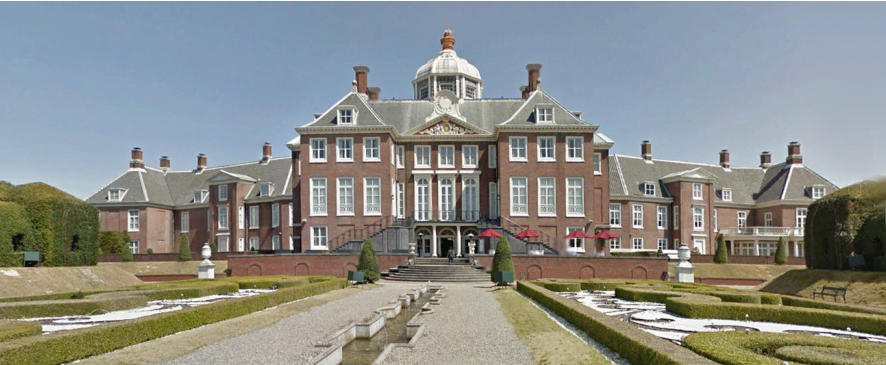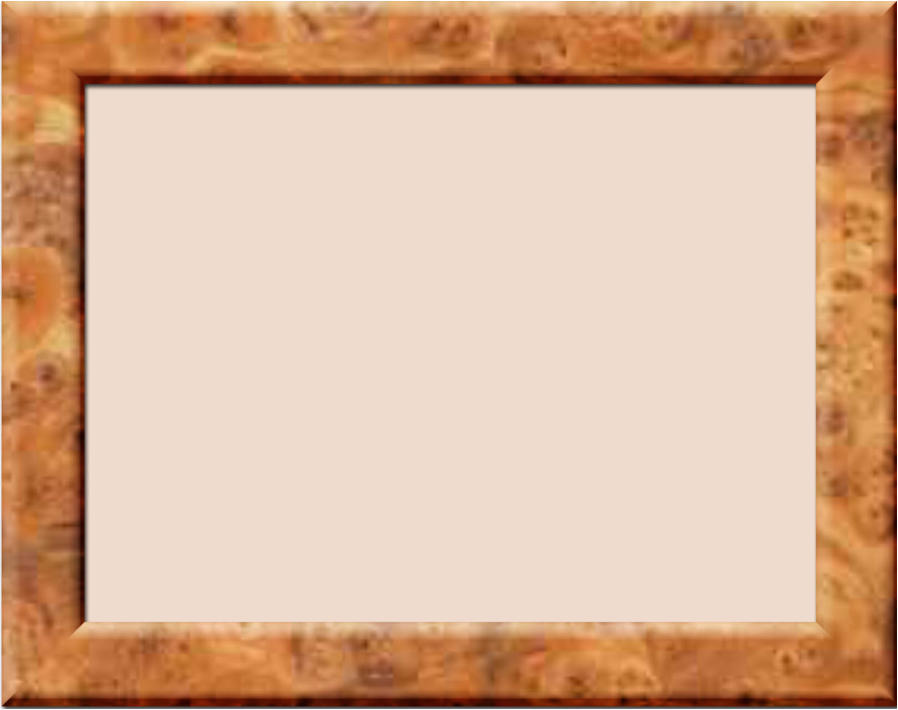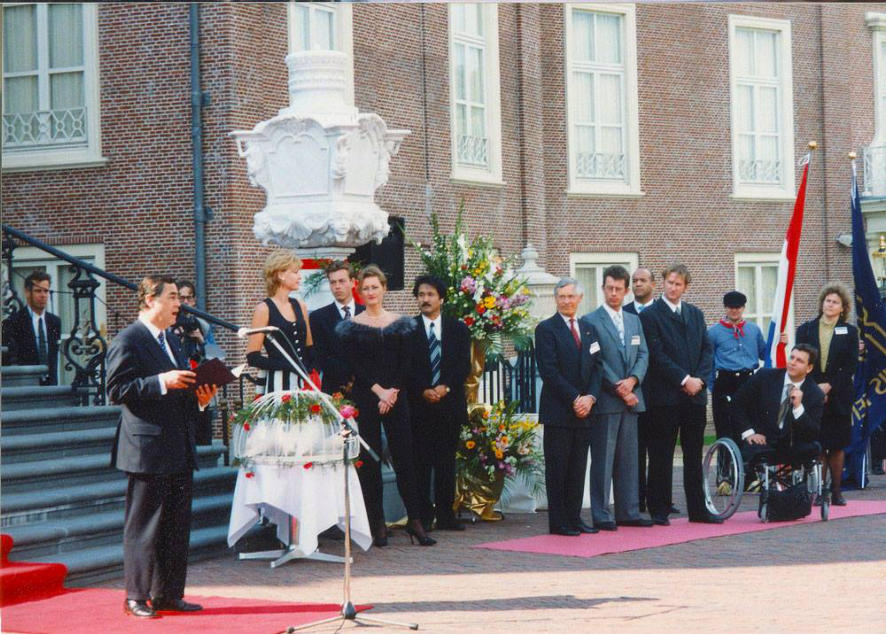
HUGO KAAGMAN STENCIL KING
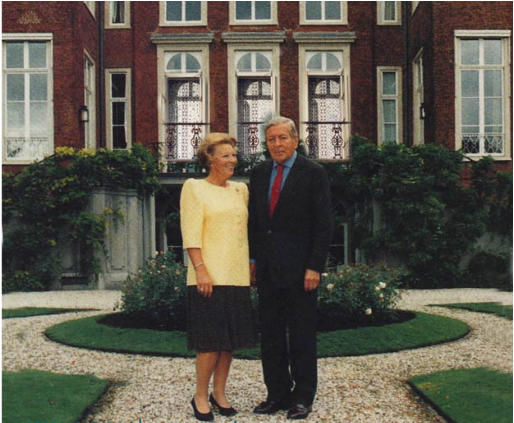
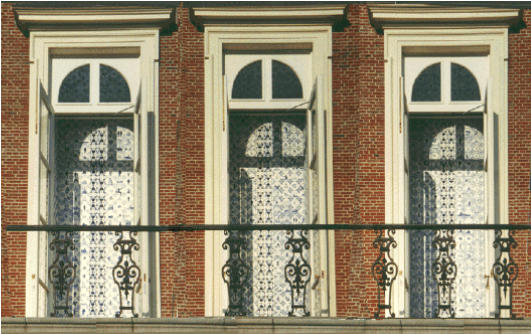
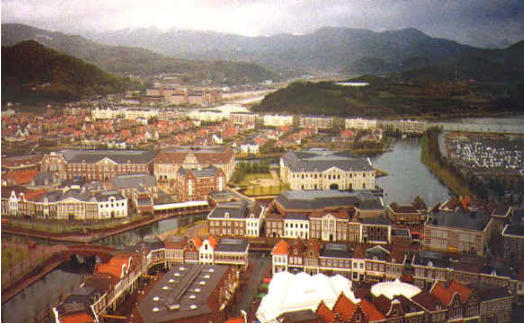
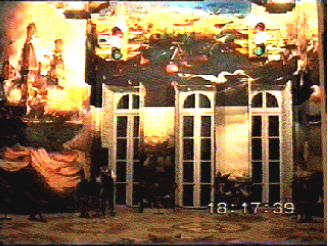
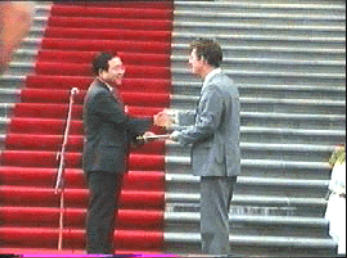
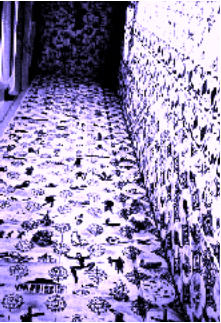
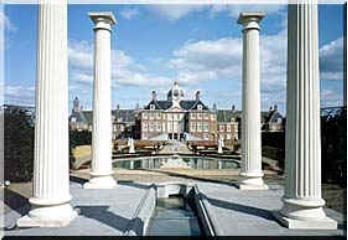
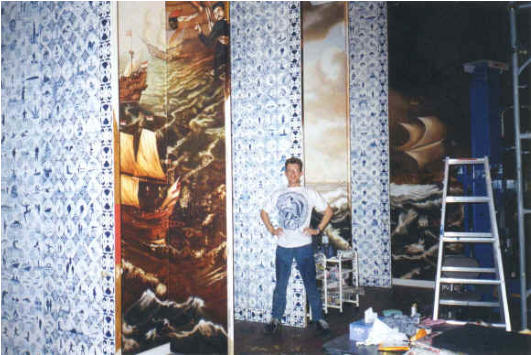
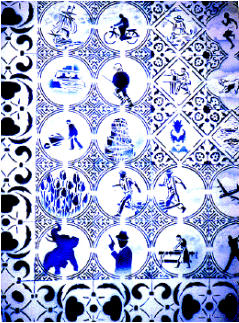
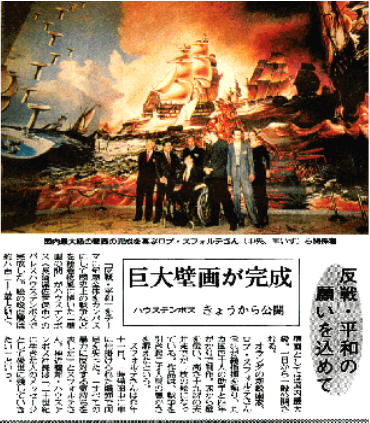
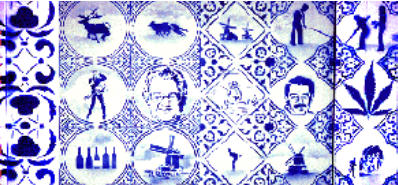
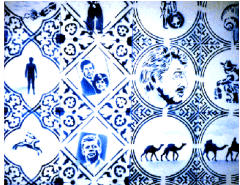
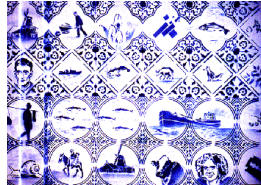
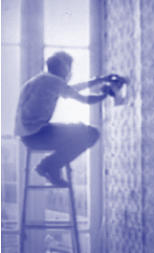

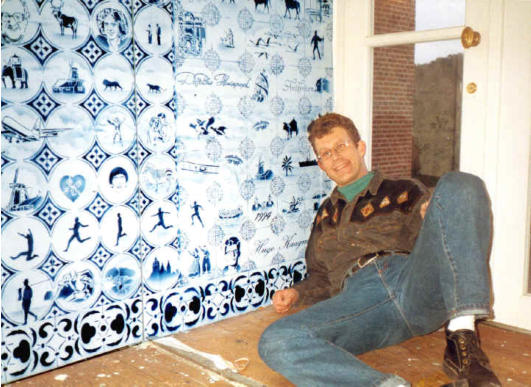
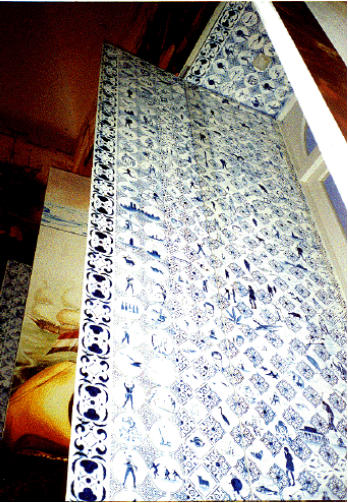
1995 Nagasaki, HUIS TEN BOSCH, Japan
The project Après Nous le Deluge was opened in November 1995 in the replica of the Palace Huis Ten Bosch (the official residence of
Queen Beatrix of the Netherlands) in Nagasaki, Japan. This project has been set up in the 'Oranje Zaal', and consists of 1200 metres of
wall and ceiling murals painted by the Dutch painter Rob Scholte and three doors by Hugo Kaagman and furnishings which Harald Vlugt
designed with the approval of Simon Levie, former director of the Rijksmuseum in Amsterdam, whose activities include adviser to Huis
Ten Bosch City.

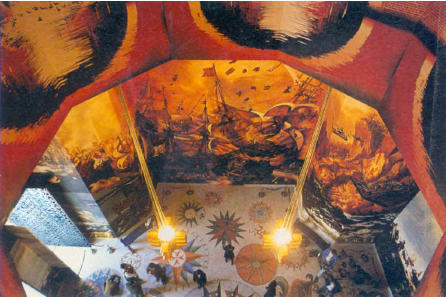
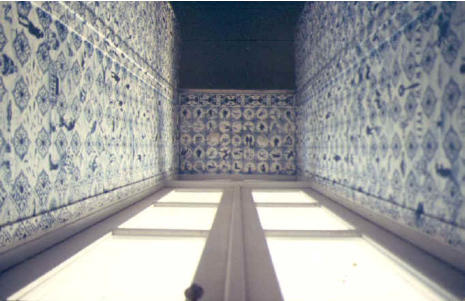

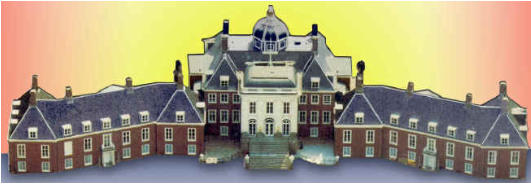
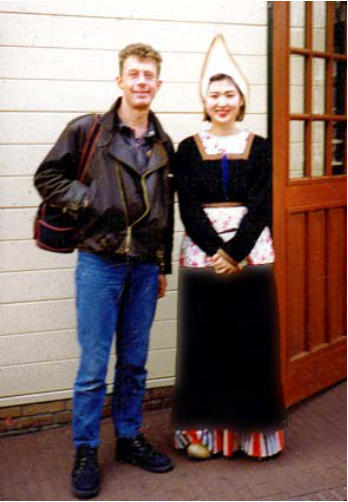
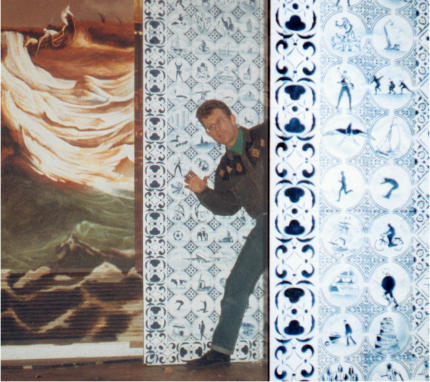

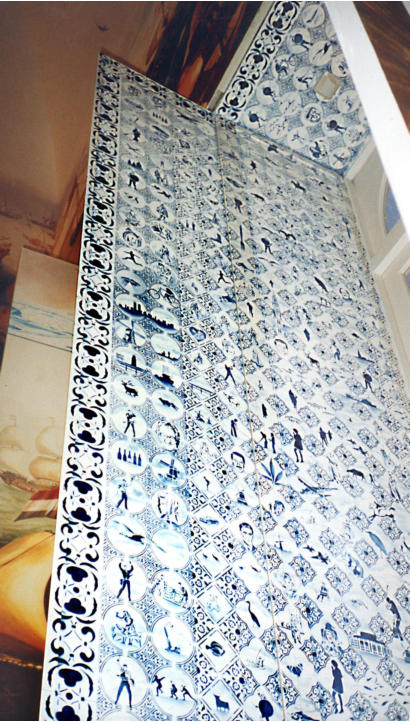
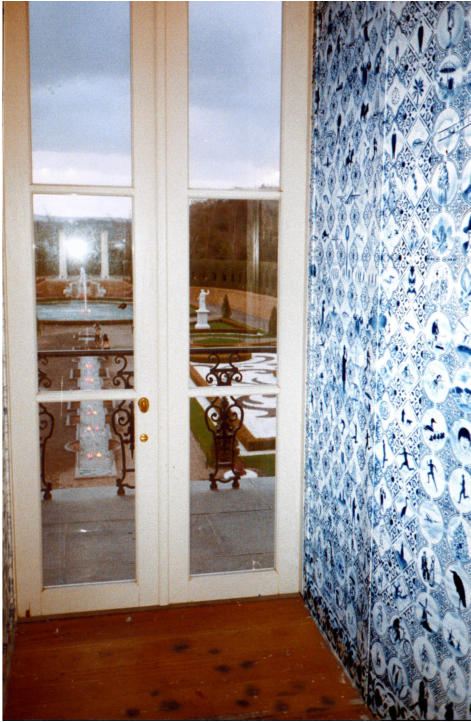
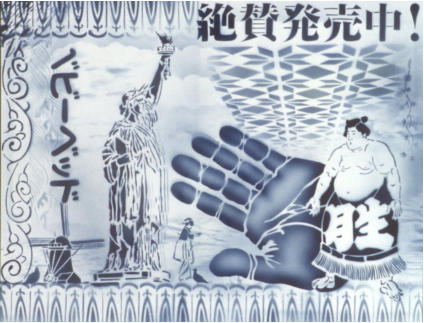
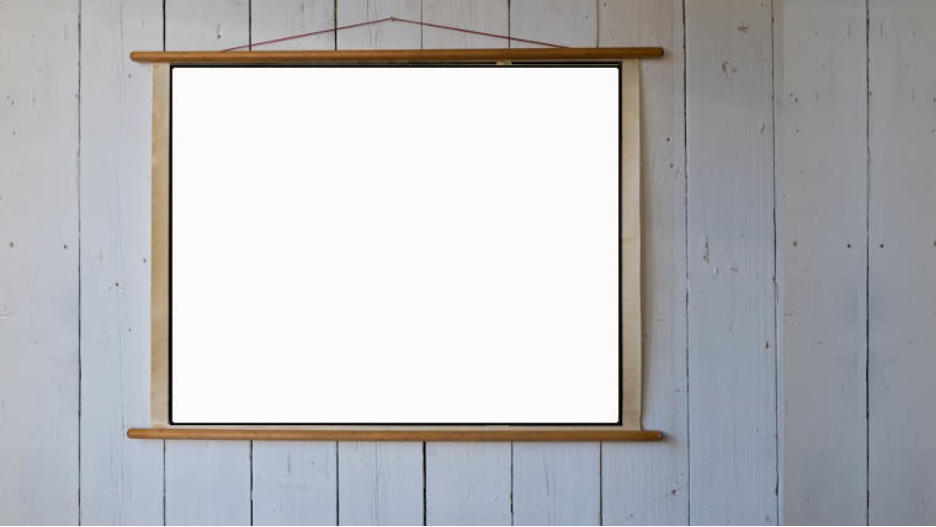
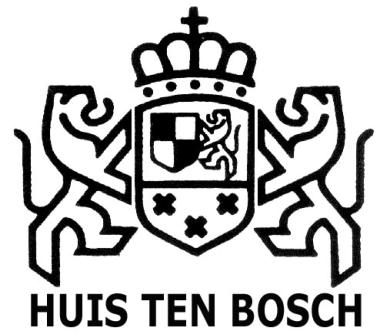
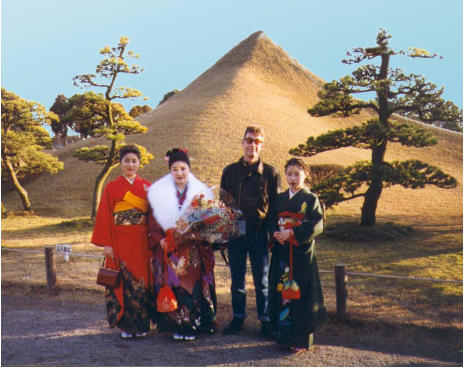
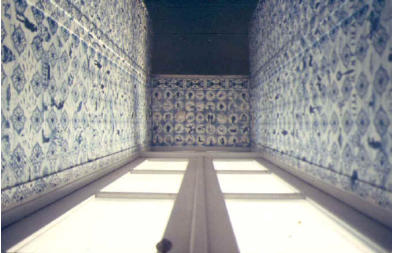
Painting of 3 doors in the copy of the Royal Palace, Nagasaki, Japan. In 1994 Kaagman joined the
project of colleague artist Rob Scholte and Harald in Japan. Just outside Nagasaki the Japanese have
built a Dutch city with exact copies of the Dutch original buildings.The crownpiece of the city is the
palace Huis Ten Bosch. In its Orange hall Scholte has painted a collage of Dutchmasters with the title
"Apres nous le deluge".The three doors and also the sides and ceilings of the windowsite overlooking
the garden were left for Kaagman to make a Delftblue tile patternpainting filled with contemporary
pictures.
3 doors finished from top to bottom. Work of weeks in a Royal Ambiance with public. Spraying in the
Queens House, a Copy in the Copy, a Renaissance, East and West, the World Around.
At first glance we se an authentic tilewall with Dutch folklore, when we look closer we identify, in
newspaper realism, exotic confrontations. The world of today, with history, mystery and prophecy
encadred in a matrix of patterns. A psychedelic review of the last Fin de Siecle.
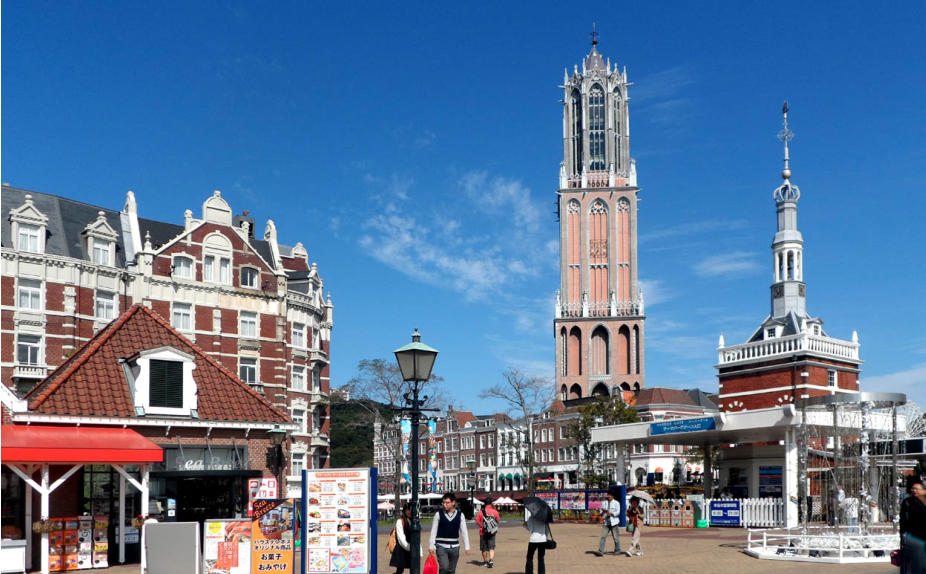
Huis ten Bosch,
Japan, 1994
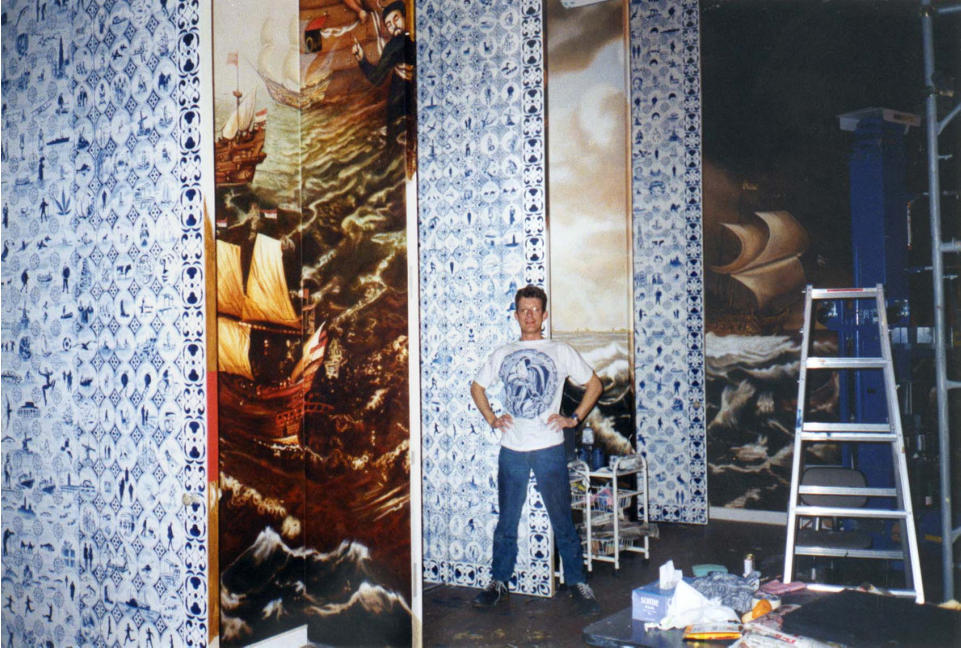

An outright paraphrase on and Delftblue tile panels Hugo Kaagman sprayed on the wing doors to the garden
drawn by Marot. In his stencile technique Kaagman refers to encyclopedic superstars and VIPs from art,
science and politics. Apart from the graphic spicy physiognomies, these doors are a distinguished quiet
moment and they are accurate situated in the main axis, the white cloudy air with its Seeghers-like effect of
crumbled etching lines is the opposite. Wim Beeren, het Parool, 1994
